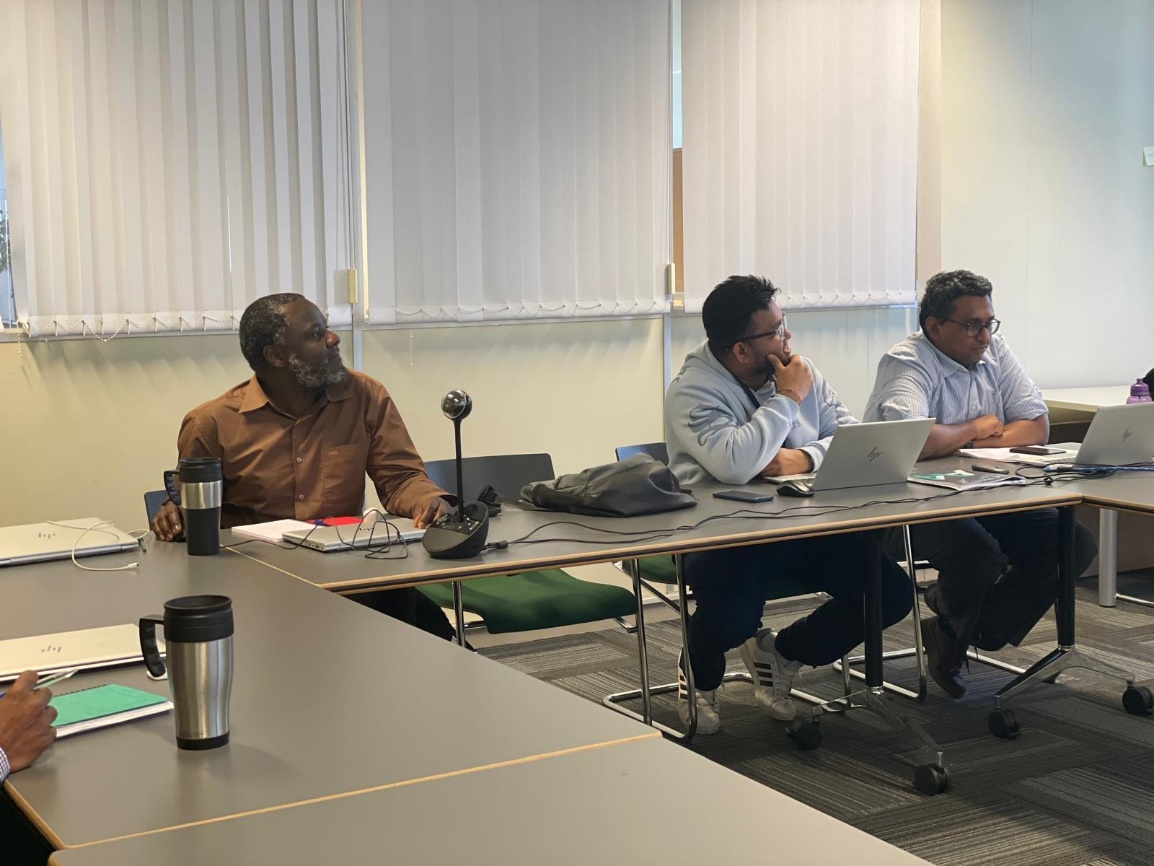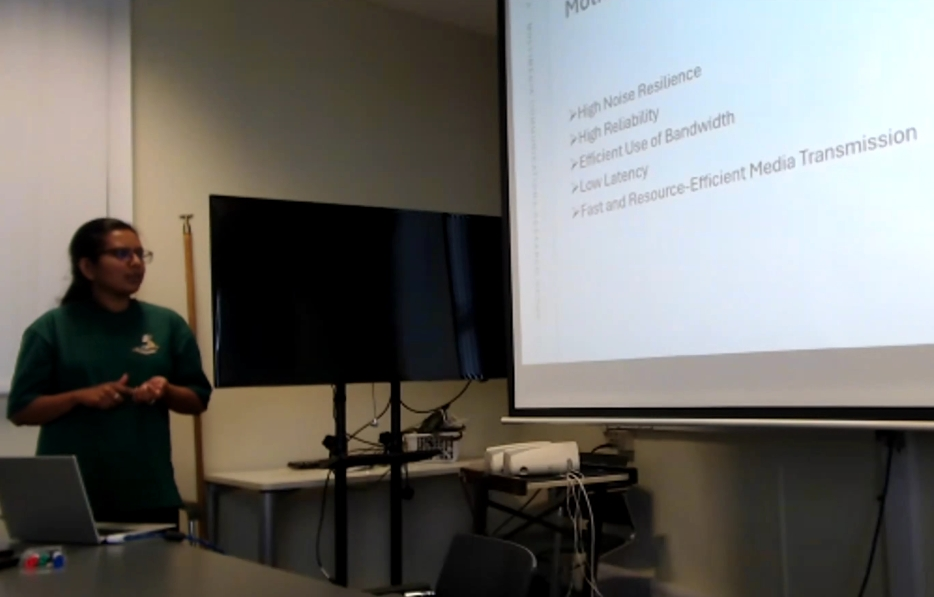Call for Papers:
|
The workshop "Semantic Communication For Secure Image Transmission" aims to explore the cutting-edge paradigm of semantic communication, which focuses on using data to enhance communication efficiency, compression, and security. This workshop invites submissions that delve into the semantic security of autoencoder-based communication systems and relevant subjects. Key topics include, but are not limited to, semantic communication, autoencoders, latent space representations, decoder models, privacy preservation, and image reconstruction. Through this workshop, we seek to evaluate the robustness of these systems against potential attackers, demonstrating the inherent security features of semantic communications. Researchers, practitioners, and students are encouraged to participate and contribute to advancing the field of secure image transmission. |
Keywords
|
Background:
Semantic communication is an emerging paradigm that leverages the underlying meaning of data to optimize various aspects of communication, including compression, error correction, and privacy preservation. While autoencoder-based approaches have shown promise in efficient compression and encoding of data into compact latent representations, ensuring the semantic security of these systems remains a critical challenge. The proposed research aims to investigate the semantic security of autoencoder-based communication systems under a realistic threat model, where an attacker has access to a different autoencoder model trained on the same data distribution as the legitimate encoder.
Goal/Rationale:
This workshop considers investigating the semantic security of autoencoder-based communication systems under a realistic threat model, where an attacker has access to a different autoencoder model trained on the same data distribution as the legitimate encoder. The goal is to evaluate the robustness of the system against an attacker who intercepts the transmitted latent representations but lacks knowledge of the specific decoder model used by the legitimate recipient. By demonstrating the limitations of an attacker with access to a different decoder model, this research aims to contribute to the understanding of semantic security and pave the way for the development of robust and secure semantic communication frameworks.
Scope and Information for Participants
The workshop focuses on the semantic security of autoencoder-based communication systems in the context of image transmission. We will demonstrate the effectiveness of inherent security in semantic communications using the MNIST dataset of handwritten digits. Two separate autoencoders are trained on different subsets of the MNIST dataset, simulating different scenarios where a legitimate encoder and an attacker have access to distinct autoencoder models trained on the same data distribution. The methodology involves training the autoencoders, obtaining latent representations from one autoencoder's encoder, and attempting to reconstruct the original images using both the matching decoder and the mismatched decoder from the other autoencoder. The reconstructed images are then analyzed and compared to assess the level of semantic security achieved by the mismatch between the encoder and decoder models. Participants will get hands on experience how semantic communication test bed can be used to secure image transmissions.




